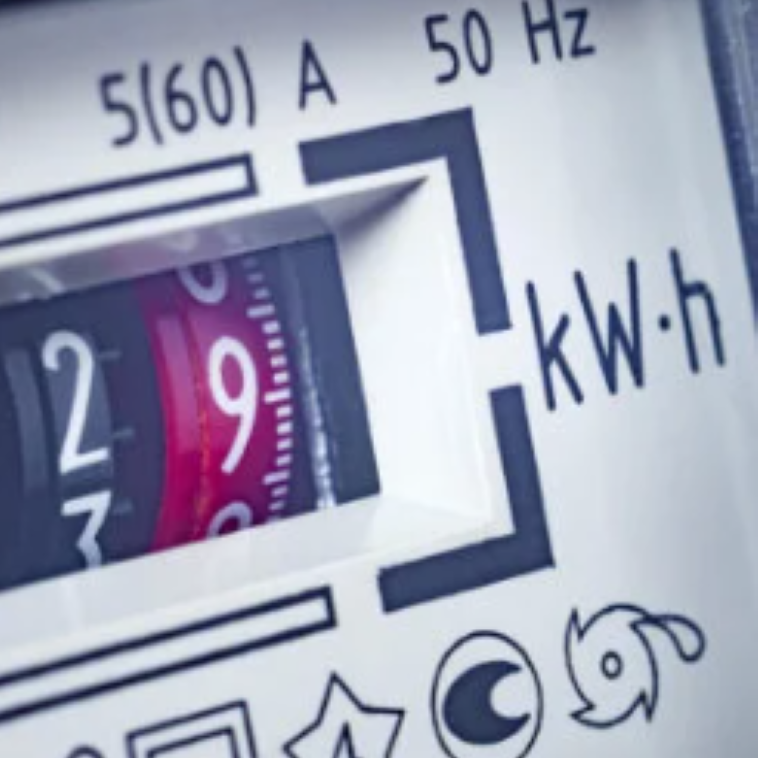Panel Discussion
Presentation
Webinar
Who Are the Real Energy (and Carbon) Hogs?

Kleinman Center Visiting Scholar Severin Borenstein explores how penalty pricing disproportionately harms low-income and low-mobility individuals while allowing wealthy individuals to keep on consuming.
Who Are the Real Energy (and Carbon) Hogs?
Kleinman Center Visiting Scholar Severin Borenstein explores how penalty pricing disproportionately harms low-income and low-mobility individuals while allowing wealthy individuals to keep on consuming.

Energy Forum at the Kleinman Center
220 S. 34th St.
Fisher Fine Arts Building, 4th Floor
Philadelphia, PA 19104
For many decades, utility pricing policies have been aimed at encouraging more efficient use of electricity and placing more of the cost burden on those who are “less prudent” in their use. This goal has justified electricity pricing that penalizes households that consume higher quantities, so-called “energy hogs.”
In reality, greater household consumption is primarily associated with such benign characteristics as more household occupants, elderly and very young occupants, hotter locations, and failure or inability to install rooftop solar.
Electricity consumption constitutes a small share of energy usage and carbon emissions for which an individual is responsible. The vast majority is due to activities for which no such penalty pricing exists, including air travel, personal vehicle transportation, and consumption of goods and services.
Kleinman Center Visiting Scholar Severin Borenstein explores how such penalty pricing disproportionately harms low-income and low-mobility individuals while allowing wealthy individuals to keep on consuming.